Accelerating earthquake science discoveries by providing advanced computational resources, fostering collaboration with technical experts, and cultivating a diverse community of skilled researchers.
The Statewide California Earthquake Center (SCEC) research computing program leverages advancements in scientific computing and cyberinfrastructure to advance earthquake science, engineering, education, and outreach efforts. This involves

SCEC collaborates with academic and national HPC providers to leverage new computer architectures, algorithms, and software technology. These partnerships enable large-scale, data-intensive research in earthquake science. Each year, SCEC secures substantial HPC allocations through competitive proposals. Our partnerships also foster sustainable software practices and data archival solutions.
Quakeworx Kickoff: Advancing Earthquake Science and Cybertraining in Seismology
Jan 21-24, 2025
Creating Science Gateway or HPC portal using the OneSciencePlace Platform
Sep 24, 2024
Statewide California Community Earth Models Workshop
March 4-5, 2024
2023 High Performance Computing for Seismology Cybertraining
May 9-12, 2023
CEMs are collaborative platforms featuring community-contributed data, models, and tools for earthquake system analysis. They enable 3D visualization, data exploration, sharing, and integrated modeling.
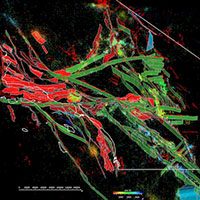
Community Fault Model (CFM)
3D geometric representations of faults in California
CFM is an object-oriented, 3D representation of active faults in California, including geometries, depths, and slip potential. Explore and download data for use in fault system modeling, seismic hazard analyses, and many other applications.
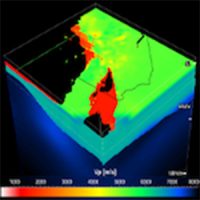
Unified Community Velocity Model (UCVM)
software for accessing seismic velocity models
A standard interface to multiple seismic velocity models that can be used to create velocity meshes for 3D wavefield simulations. UCVM is used by researchers working with Earth material properties on regional or local scales.
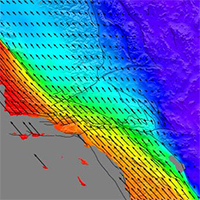
Community Geodetic Model (CGM)
Earth surface displacement from GNSS and InSAR
The CGM integrates high-precision GNSS and InSAR data to provide velocities and time series of Earth’s surface movements. Data comes from a number of contributing researchers, institutions and analysis centers.
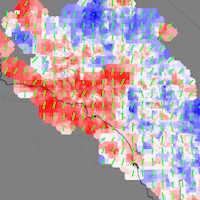
Community Stress Model (CSM)
suite of stress and stressing rate models
The CSM provides estimates of stress and stressing rates for various regions of California. The suite of models, derived using a variety of methods and datasets, are presented on a consistent grid.
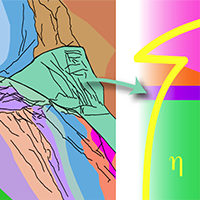
Community Rheology Model (CRM)
3D ductile rheology of lithosphere in California
The CRM provides a detailed, physics-based 3D model of ductile rheology (rock flow) for Southern California’s lithosphere. The explorer provides an interface to query temperature, pressure, and rheology data.
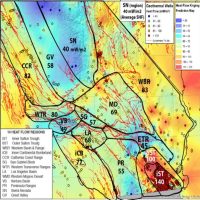
Community Thermal Model (CTM)
estimates of temperature and thermal properties
The CTM provides estimates of temperatures and thermal properties of the southern California lithosphere and asthenosphere. Currently, the CTM includes two models, each based on different methods.
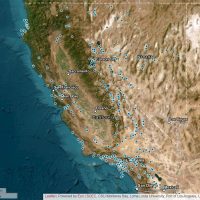
Geologic Slip Rate Database (GSRD)
geologic slip rates for CA, NV, and northern Mexico
SCEC’s GSRD centralizes field-derived geologic slip rates crucial for seismic hazard estimates (e.g., NSHM), linked to relevant source publications. As a living archive, it welcomes updates via a user submission form.
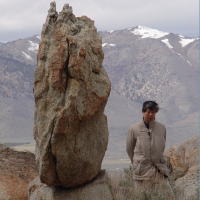
Precariously Balanced Rock (PBR) Database
field-derived data for PBRs in California
The database contains photographs, locations, and metadata for PBRs, valuable for constraining seismic hazard estimates and validating ground motion predictions. An interactive map viewer facilitates data exploration and querying.
The Center prioritizes access to its software tools and data by both the scientific community and the public. Through open-source software and FAIR (Findable, Accessible, Interoperable, Reusable) data practices, we strive for SCEC software and data to remain discoverable, usable, and citable for future research.
Simulation Validation
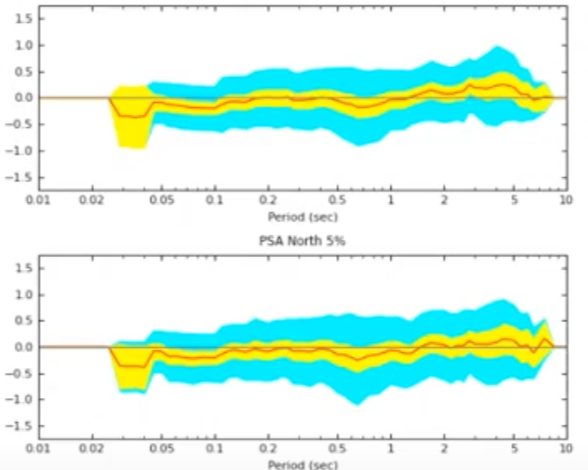
Broadband Platform (BBP)
Simulate, compare, and validate broadband (0-20+ Hz) earthquake ground motions at regional scales.
Ground Motion Map
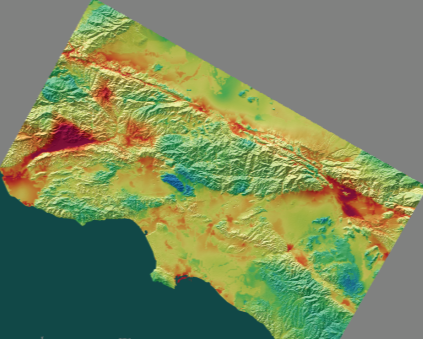
CyberShake Platform
Pushes the boundaries of PSHA by simulating millions of earthquake scenarios for a region using advanced HPC.
Earthquake Forecast
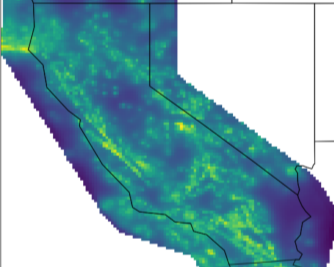
pyCSEP Toolkit
Standardized, collaborative framework for evaluating, visualizing, and comparing earthquake forecasts.
Site-Specific Hazard
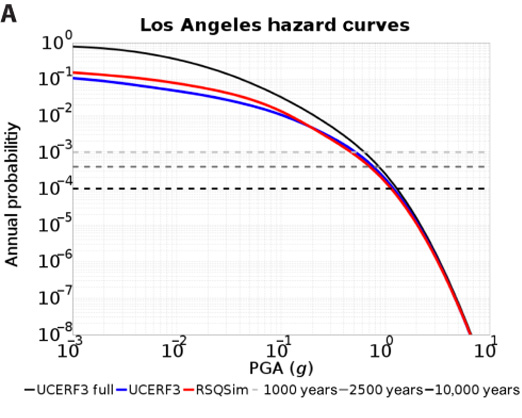
OpenSHA Platform
Use to generate hazard maps, quantifying ground motion exceedance probabilities for earthquake risk assessment.